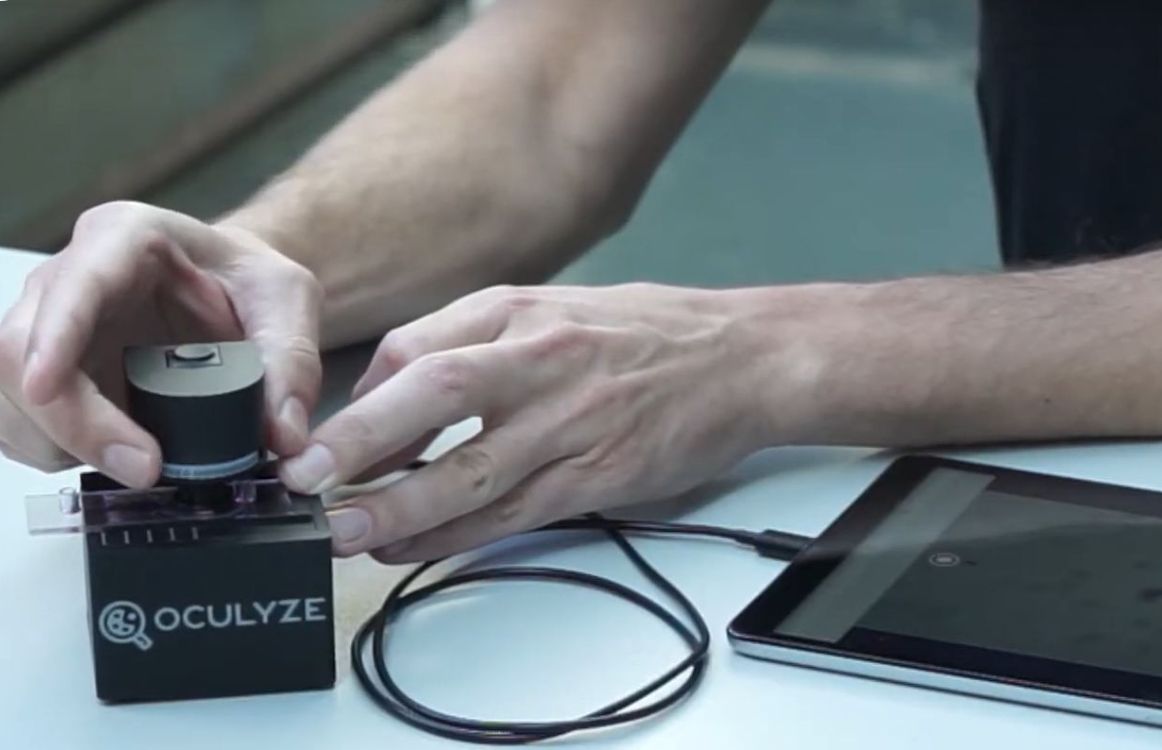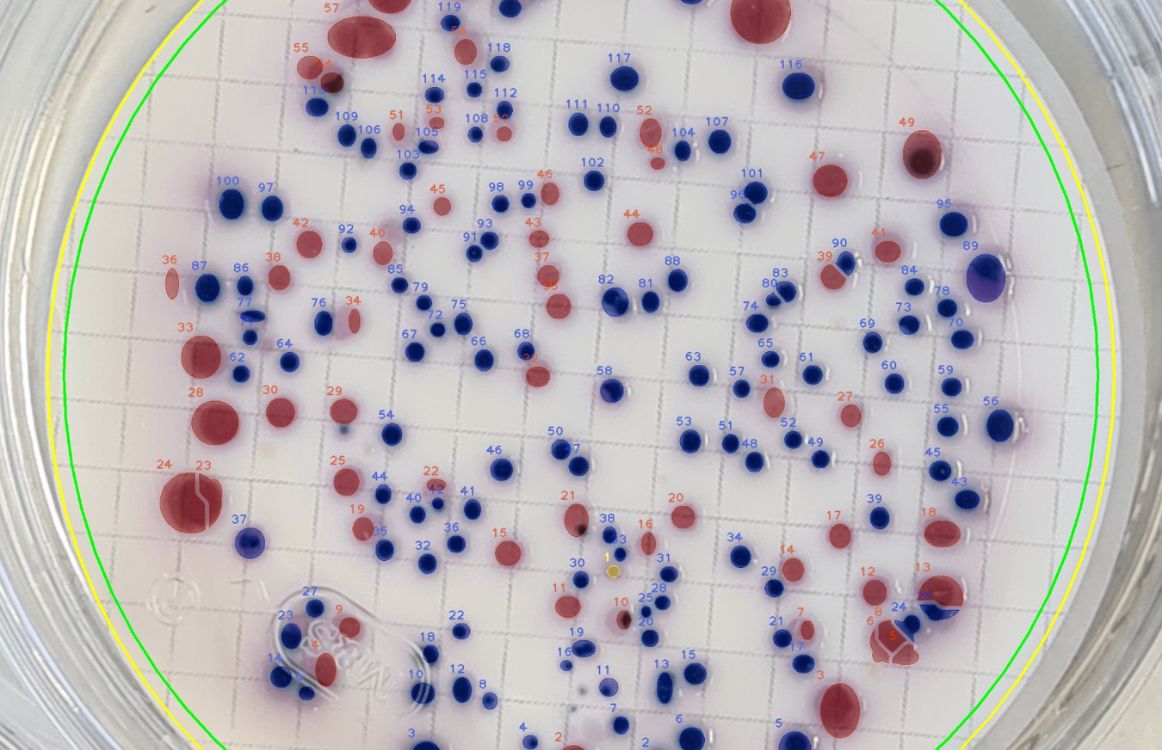Advantages of Automated Cell Counters

Just to be clear from the start, “cell counting” is a rather broad term that can refer to yeast cell counting, bacteria counting or CFU (colony forming units) counting. A cell counter can automate the counting of any or all of the above. It can distinguish between different types or microorganisms or it can simply do counts, without differentiating between them.
But let’s get to it.
For those who have been counting cells for decades, the opportunity to automate this task seems like nothing short of a life saver. It is certainly a time saver. But for those relatively new to this lab work, you may still be wondering about the advantages of an automated cell counter. Perhaps you’re wondering if the investment in this tech is even worth it. Fortunately, once you do understand the depth and breadth of this tech, you’ll require very little convincing, if any.
What Is an Automated Cell Counter?
An automated cell counter is just what it sounds like —- an automated system driven by artificial intelligence to identify and count cells – either individual cells, or colonies.
For more than one hundred years, scientists and others doing this type of lab work have had to use rudimentary tools to collect cell colonies, swab them appropriately, if needed, and then watch the colony forming units, or CFUs, grow, counting those colonies along the way to understand how vital and active they are.
Speaking of which, you can get access For Free to our comprehensive How to Count Colonies on Agar Plates PDF Guide (19 pages) put together by our specialists, Dr. Katja Schulze, who specialized in bioinformatics and image recognition of microscopic images, and Dr. Ulrich M. Tillich, who specialized in laboratory automation!
While the tools for collection and cultivation are still pretty rudimentary, one of the greatest stumbling blocks in cell counting has been the human ability to accurately recognize and count the number of colonies as they grow. The tracking system has also long been relatively crude. From paper and pen to entering numbers on a computer screen.
It would all be so much easier to simply design a software system that can take care of at least that part for us.
Fortunately, the dreams of many scientists and lab workers have come true in the form of automated cell counters.
You can now choose from among a growing selection of applications that are easy to use. Indeed, the Oculyze automated colony counter, for instance, can be adapted to the full range of potential cell counting needs and customized to specific tasks, types of microorganisms that are being analyzed and other specific requirements.
How to Use an Automated Cell Counter
It really depends on the cell counter you’re using.
However, typically to use this revolutionary technology, you simply start, as usual, by diluting your sample.
In the vast majority of cases, you’ll dilute your cells because they grow so rapidly that they would overwhelm an agar plate, and you would be incapable of differentiating among the CFUs. It would look like one giant cell colony.
So, you’ll dilute the sample by a factor of 10, at least twice. This means you’ll add one part colony sample to 10 parts saline or filtered water. Then you’ll dilute that diluted sample in the same way again.
Next, you’ll swab a sample from your diluted colony with a cotton swab and swipe it across your agar plate in a tight zigzag pattern. Turn the Petri dish 90 degrees and swipe again in the same way.
Place the lid on your Petri dish and incubate the sample according to the requirements of the type of cell colony you’re working with.
After the incubation period is complete, you can flip the Petri dish over and identify the number of CFUs that have grown. Over several days or weeks, you can track how much and how fast those colonies grow.
With automated cell counting, you don’t have to try to figure out how many CFUs your naked eye sees, you don’t have to measure the diameter of the CFUs, and you don’t have to track the data yourself.
You simply take an image of the bottom of the Petri dish and upload it to your automated cell counting app. Within seconds, you’ll get your results and the app will store the data for you, if you like.

Advantages of Cell Counting
The advantages of cell counting are numerous. By monitoring how cell colonies grow, you can understand the health and vitality of the cells. You can also measure the effectiveness of antibiotics on various cell colonies.
You can study how blends of colonies grow together, as well. So, for example, if you wanted to hybridize yeast cells, you could combine them on agar and then see how they grow, or fail to grow, together.
Disadvantages of Manual Cell Counting
The disadvantages of manual cell counting are relatively obvious.
Human error has caused more than one problem over the years in the laboratory, among other locations. The naked human eye is prone to flaws, and it can be challenging for even the most eagle-eyed lab expert to differentiate among cells growing close together or to measure the diameter of a CFU when it is pressed up against the edge of the Petri dish.
The automated cell counter rectifies those issues and eliminates the problem of human error.
Disadvantages of Automated Cell Counting
The only disadvantages you might find with automated cell counting would lie within the system itself. A poorly designed AI system can miscalculate and fail to track your data properly. So it is essential to ensure you work with a reputable system you can trust.
Oculyze has a quite wide range of tried and tested cell counters, from the Automated Yeast Cell Counter for Brewers and the Automated Yeast Cell Counter for Winemakers to the Automated Yeast Cell Counter for Bioethanol Producers, the Automated Colony Counter and numerous other use cases of the same technology in various stages of development, such as the Disk Diffusion Test Results Analyzer.


